Pomeranian (Pom, Pom Poms)

Pomeranians are a very recognizable breed with their full thick coats, compact body, and energizer bunny spunk. This is a compact toy breed that has a very extroverted personality and loves to be the center of attention. Also known as Poms or Pom Poms, they are energetic and alert with a fox-like face. Don’t let his size fool you, he is very capable and performs very well in agility and obedience competitions. Whether you want to show him or just have a spunky little companion, Poms are a great breed of choice.
![]()
![]()
![]()
![]()
![]()
![]()
![]()
![]()
![]()
![]()
Did You Know?
- Poms need to live indoors with their owners. They are house dogs. With their thick full coat and are more easily affected by the heat. They can overheat very easily and become victims of heatstroke; when they are outside they need to be monitored to ensure this does not occur.
- Pomeranians can be very suspicious of strangers which can make them good watchdogs, but it can also make them prone to barking, a lot.
- Pomeranian’s coats can come in a wide variety of solid colors with red, orange, white or cream, blue, brown, or black being the most common. Despite the long, thick fur they are relatively easy to care for and keep clean.
- Pomeranians don’t always recognize their actual size, with a personality the size of Texas they are liable to chase down bigger dogs. If they mess with the wrong dog it doesn’t always end well. It is up to you to protect them from their inability of recognizing their limitations both with larger animals and their own size.
- Poms make great dogs for those living in apartments or a small home with little or no yard. Though they don’t need a large yard to romp in they do need daily exercise, a brisk walk or two will help provide them the necessary exercise.
- Pomeranians can be a little stubborn when it comes to house training. It is highly recommended that they are crate trained as puppies to help make house training easier.
Breed Characteristics
Adaptability

Adapts Well to Apartment Living: 4/5
Good for Novice Owners: 4/5
Tolerates Being Alone: 1/5
All-Around Friendliness

Affectionate with Family: 5/5
Dog-Friendly: 2/5
Friendly Toward Strangers: 3/5
Health Grooming

Amount of Shedding: 4/5
Easy to Groom: 2/5
General Health: 35
Trainability

Easy to Train: 4/5
Intelligence: 4/5
Tendency to Bark or Howl: 5/5
Exercise Needs

Energy Level: 3/5
Exercise Needs: 3/5
Potential for Playfulness: 3/5
 History
History
Pomeranians originated from the area of Germany and Poland along the Baltic Sea. Pomeranians actually took their name from Pomerania, Germany. They are descendants of the larger Spitz type dogs that were common in the area, specifically the German Spitz. The German Spitz was a much larger dog, weighing in at 20 to 30 pounds, a much larger dog than the Pom we know today.
Their popularity in Europe took off when Queen Victoria fell in love with a Pomeranian while in Florence, Italy and she purchased one to take back home to Britain with her. The Pom she took home was her loyal companion and, subsequently, the small Poms were the ones that gained popularity. In fact, just in Queen Victoria’s lifetime the size of the Pom decreased by half as more people preferred the smaller toy size to the standard size.
Queen Victoria sent her Poms to compete in the London dog shows under her name where they won many awards. The exposure Queen Victoria gave to the Pomeranian breed greatly influenced how quickly they soared in popularity and became a well-known breed internationally. Due to the love Queen Victoria had for her smaller Poms, even on her deathbed, she requested her favorite Pom be brought to her, and ever since then dog fanciers began breeding smaller Poms.
At first, the colors of most Pom coats were white, black, chocolate or blue. It was after the cinnamon and orange coated Poms started winning the dog shows that more colors were bred into the coat colors of the Pomeranian.
Pomeranians have been strutting their stuff with many notable people for decades. Michaelangelo, as in the Sistine Chapel Michelangelo, had a Pom sit on a satin pillow observing his work as he painted the infamous Murals of the Sistine Chapel. Sir Isaac Newton’s Pom named Diamond is reported to have chewed up many manuscripts of his; Mozart had a Pom named Pimperl, and even the famed theologian Martin Luther had his own Pomeranian.
Pomeranians gained popularity across the Atlantic as well and became a registered and recognized breed of the American Kennel Club in 1900. It has since been one of the most popular breeds in American and the United Kingdom.
Size
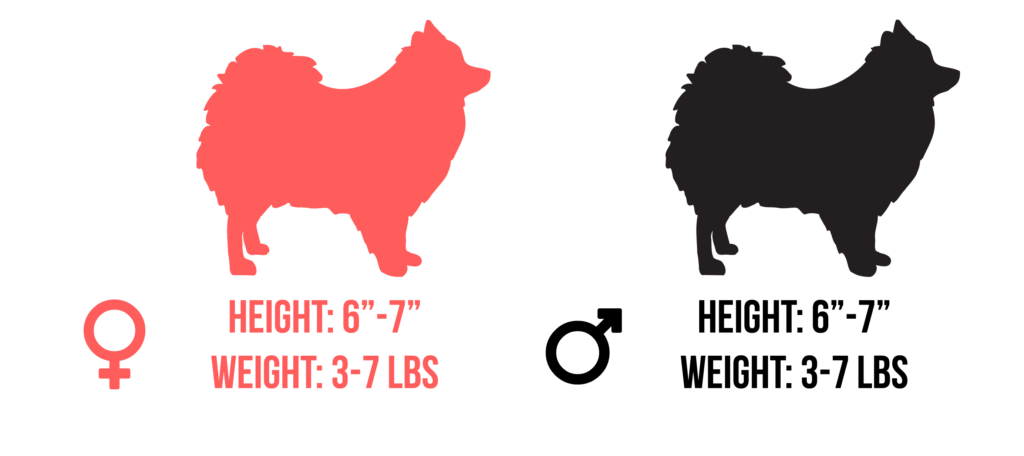 He is a toy breed and stands only 6 to inches tall and will weigh 3 to 7 pounds. Occasionally a litter will have a larger dog like the old days that might grow up to be 12 to 14 pounds.
He is a toy breed and stands only 6 to inches tall and will weigh 3 to 7 pounds. Occasionally a litter will have a larger dog like the old days that might grow up to be 12 to 14 pounds.
Appearance
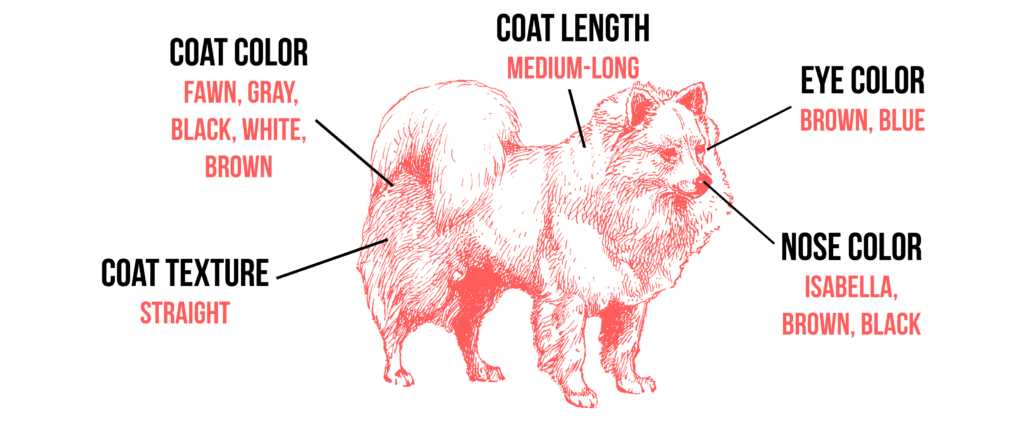 He is a compact toy breed that has a short back with well-proportioned legs and body. The general head shape is wedge-like looking a little fox-like. Poms have a dense soft undercoat then a longer outer coat that has a harsher texture. Their coat can be a variety of colors including black, white, brown, red, cinnamon, cream, blue, sable, tan, and orange. Their coats can be two colors, common combinations are tan and black, cream and red, more recently a merled coat is also a possibility.
He is a compact toy breed that has a short back with well-proportioned legs and body. The general head shape is wedge-like looking a little fox-like. Poms have a dense soft undercoat then a longer outer coat that has a harsher texture. Their coat can be a variety of colors including black, white, brown, red, cinnamon, cream, blue, sable, tan, and orange. Their coats can be two colors, common combinations are tan and black, cream and red, more recently a merled coat is also a possibility.
Their eyes have a very alert look and feel that contributes to their Fox-like look. The Pom’s tail is another distinct trait they have – it is highly plumed, high-set and flat. Their noses are usually black or dark brown. Their eye color is usually various shades of brown.
Behavior
Personality
Poms are naturally a very inquisitive and vivacious compact bundle of energy. They are friendly and love to be around people, especially their people. They will bark at strangers or anything that is out of the ordinary; if they are not trained to stop on command, they might be barking all day at everything. They are intelligent and can be trained, and do well in agility and obedience courses. They are typically friendly and eager to meet new people – if they are not, proper training and socializing will help.
They have a “take charge” attitude and if you don’t take charge, then he will. Poms can be stubborn and difficult to house train, especially if it is cold or raining outside. Their look is very self-confident and lively, and it matches their personality to a tee.
Children and Pets
Poms get along well with children, though it is recommended that you don’t get a Pom if you have small children. This is more for the safety of the dog than the children. Poms are sturdy and strong but if mishandled by young children they can easily become injured. They make great additions to homes with older children.
They enjoy other animals and can get along with other pets in the home. If there is a larger dog it is best that they are raised together as the Pom may think he is still bigger and try to boss him around.
As with all dogs, it is best to supervise interactions between your Pom and children and to properly teach children how to pet, hold and interact with him.
Health
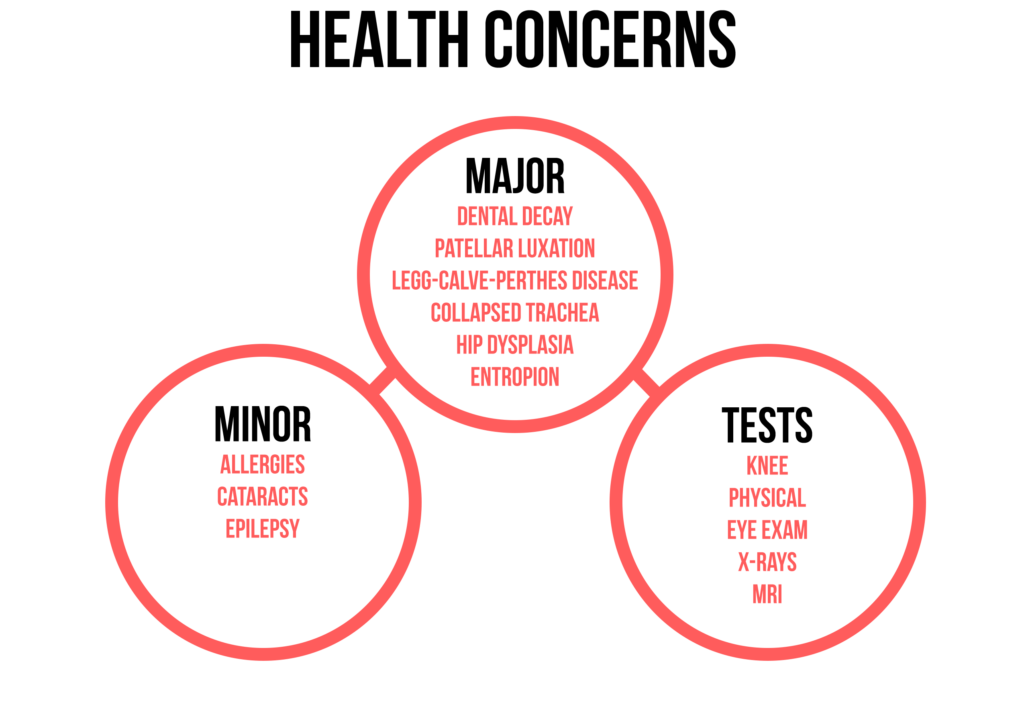 Poms are generally a fairly healthy breed but as with all breeds, there are some health conditions they are more prone to. It is important to note that not all Pom Poms will have any or all of these conditions but it is good to be aware of possible health conditions they may have. If you have access to your dog’s parental health records that would be a great place to do some research and see what he may be prone to having. You can obtain health clearances for both of the parents of your dog to make sure they’ve been tested and cleared from the following conditions. Health clearances can be confirmed by checking the Orthopedic Foundation for Animals (OFA) website.
Poms are generally a fairly healthy breed but as with all breeds, there are some health conditions they are more prone to. It is important to note that not all Pom Poms will have any or all of these conditions but it is good to be aware of possible health conditions they may have. If you have access to your dog’s parental health records that would be a great place to do some research and see what he may be prone to having. You can obtain health clearances for both of the parents of your dog to make sure they’ve been tested and cleared from the following conditions. Health clearances can be confirmed by checking the Orthopedic Foundation for Animals (OFA) website.
Hip Dysplasia: This is a genetic condition passed down from parents in which the femur does not fit snugly into the pelvic socket of the hip joint. This condition can exist without clinical signs so it is important to have X-ray screenings done. Dogs with this condition can be in pain and exhibit lameness in one or both rear legs. Ask the breeder for proof that the parents were tested and cleared for hip dysplasia.
Epilepsy: Another hereditary disorder, this causes seizures. It cannot be cured but it can be controlled with medication. Pomeranians that suffer from Epilepsy can live long, healthy lives with proper management.
Allergies: This is a common ailment in all dogs, they can have food allergies or contact allergies. Each is treated by eliminating whatever is causing the allergy from the dog’s diet or removing the contact item giving the dog the allergy. Inhalant allergies can also affect dogs, some can be alleviated by medications. Ear infections are a common side effect of inhalant allergies.
Eye Problems: Pomeranians are prone to a variety of eye problems such as cataracts, dry eye, and tear duct problems. In some cases, a veterinarian can fix eye problems surgically or with medicated eye drops. There are times when they may lose their vision but they can still live normal lives with limited or impaired vision.
Legg-Perthes Disease: This condition is common in toy breeds and involves the hip joint. This occurs when the blood supply to the head of the femur decreases until the head of the femur that connects to the pelvis begins to disintegrate. This can be painful and usually occurs when a puppy is 4 to 6 months old. Luckily a Veterinarian can surgically remove the dead part of the femur and then the scar tissue connects to the pelvis instead. Dogs can live normal, active lives free of pain after this corrective surgery.
Patellar Luxation: This is a very common problem in Poms. This is when the patella, the kneecap, slides in and out of place. It can cause pain ranging from minor pain to crippling pain. Most dogs with this condition live normal lives without much of a problem.
Collapsed Trachea: This occurs when the trachea that carries air to the lungs collapses. Common causes for this are pulling too hard on their collar. When they are walking, if they tug and pull this can cause their trachea to collapse as well. It is advised that you either train your Pom to walk alongside you without pulling or walk them using a harness instead. If their trachea is collapsed, they will have a persistent dry cough that sounds like a goose honk. This can be treated medically or surgically.
Dental Decay: Poms are more prone to having tooth and gum problems. Brush their teeth daily with a toothpaste recommended by your veterinarian. They may also lose teeth earlier than other breeds. A yearly veterinarian visit where they check his teeth is highly recommended.
Maintenance
 Care
Care
Poms are moderately active and do need daily exercise to keep them healthy and happy. He would love to go for a few short walks or have set play time where he works on learning some new tricks. Poms are sturdy and have the stamina for longer walks but beware of their sensitivity to heat if you choose to walk him for longer periods of time. When they get the exercise they need they make fabulous dogs for apartments or small homes. Poms are also intelligent and need mental stimulation regularly. Teaching him tricks and letting him perform lets him be the center of attention while getting the mental and physical exercise he needs. Poms do tend to have a short attention span so keeping training sessions short and fun with a small reward at the end. Poms that get the love and activity they need behave better and will be a fabulous companion.
Feeding
As with any dog, purchase high quality and nutrient-dense dog food. Ask your veterinarian what food blend would be best-suited for your dog. Factors such as age, size, and activity level will make a difference on what kind of food he needs and how much. Typically, Poms will need ¼ cup to ½ cup of dry food a day. It is recommended that the amount be divided into two separate meals, one in the morning and one at night.
Grooming
With his glorious thick double coat, you might think he needs more grooming than he actually does. A regular brushing a few days a week is generally all that is needed to keep his coat clean and beautiful. The type of brush you use is important, use a medium to harsh slicker brush to get down to the base of his coat without hurting him. If he is brushed regularly you shouldn’t notice too much shedding. Despite what you may have heard, Poms do shed but not very much when regularly groomed.
You can bathe him once every couple of months as need be. If you use a very gentle shampoo, he can even be bathed weekly. His nails will need to be trimmed if he doesn’t wear them down on his own. Typically they will need to be trimmed once or twice a month. If you can hear them clack on the floor when he walks then they are too long. You can trim them or have a groomer trim them. Be aware that they do have blood vessels in their nails so if you trim them too short they will bleed and he won’t be so keen on getting them trimmed again.
As mentioned earlier Poms tend to have dental problems. This can be prevented to some degree with daily brushing. Ask your veterinarian what toothpaste would be best for your Pom.
Questions
How long do Pomeranians live for?
The average lifespan for a Pomeranian dog is 12 to 16 years.
How much is a Pomeranian dog?
Pricing for Pomeranians depends on many different aspects, but the range can vary widely – some Pom poms can cost as low as $500 and as high as $4,000.
Are Pomeranians friendly?
Pomeranians are friendly creatures, especially when it comes to their favorite people – their family. They are eager to meet new people but are wary of strangers, so a little socializing and training will help. They can be friendly towards other dogs, but like to confront bigger dogs without realizing they are small in comparison.
Do Poms shed?
Although Poms are one of the hairiest of the small dog breeds, they don’t shed as much as you’d think they do. If you brush their coat every few days, the shedding will be kept under control.
What should a Pomeranian weigh?
The Pomeranians of today are tiny, small dogs. Accordingly, they should weigh no more than 7 lbs. and no less than 4 lbs.
Resources
Unfortunately, not everyone that purchases a Pomeranian fully understands everything that goes into raising and training a well behaved Pom. There are many Poms in need of a loving home whether that be through adoption or fostering. Below is a list of Rescue agencies that have Pomeranians. If you do not see a local rescue below, you can contact a Pomeranian Breed Club and ask them.
Rescue
- New England Pomeranian Rescue, CT
- Northwater Pom Haven, NY
- NW Pomeranian Rescue, Portland OR
- Northwater Rescue, Norwood, NY
- Ponderosa Pomeranian Rescue
- Pomeranian Puppies – Pomeranian Rescue and Adoption Near You
Top Breeders
- American Pomeranian Club
- Avalon Pomeranians
- Anne’s Pomeranians
- Keen Pomeranians
- Country Girls Poms
- Welcome to Finch’s Pomeranians!
Pomeranian Adults for Sale
If you’re interested in purchasing adult Pomeranians, click on the links below to find what you’re looking for.
Pomeranian Puppies for Sale
If you’re interested in purchasing Pomeranian puppies, below you will find different online marketplaces that have Pomeranian puppies for sale.
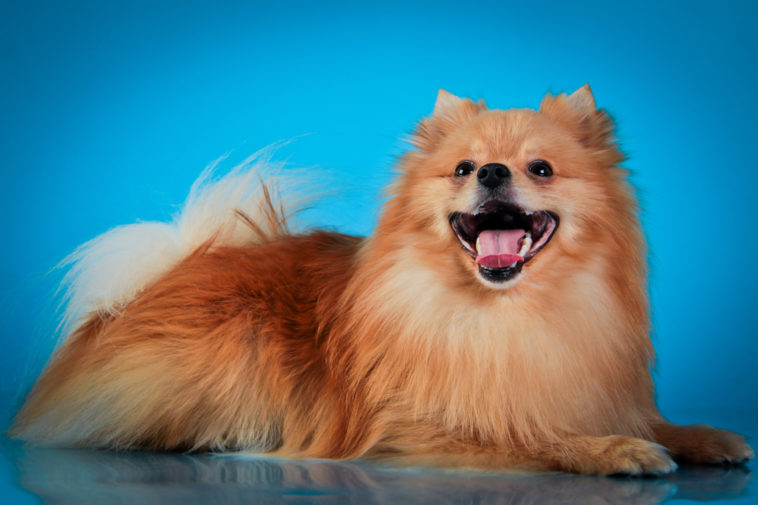
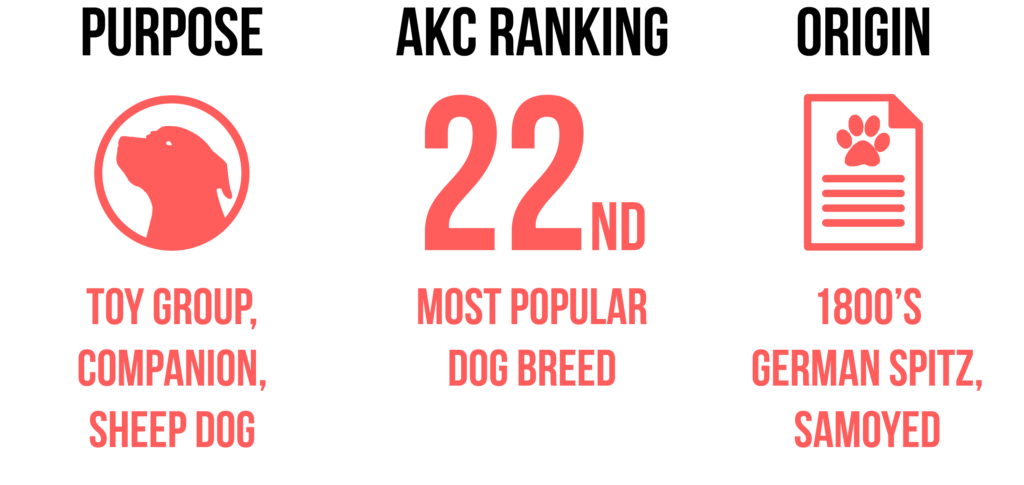 History
History Care
Care